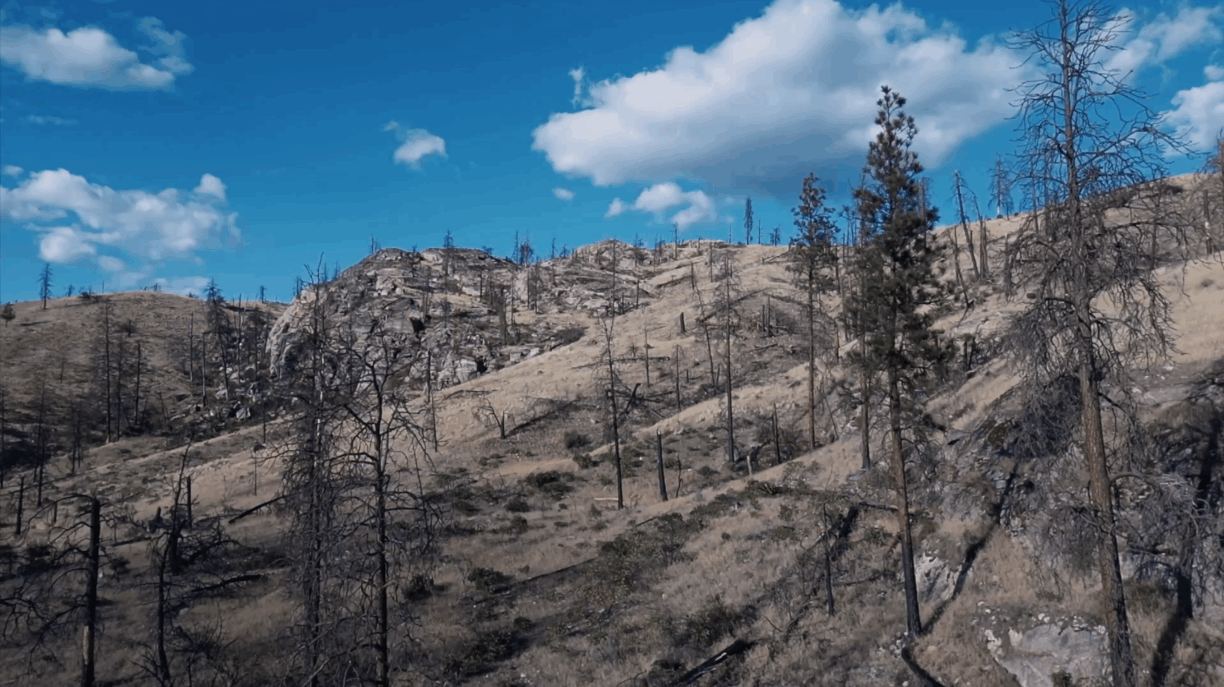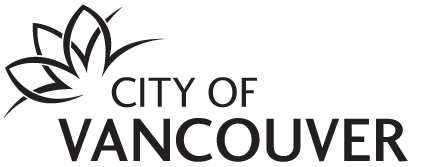- Building Natural History –Kevin Kelly
- Building Natural History –Kevin Kelly
- Building Natural History –Kevin Kelly
- Building Natural History –Kevin Kelly
Building Natural History
Kevin Kelly
9 September–
7 October 1995
Curated by: Janis Bowley


Kevin Kelly, Building Natural History, 1995. Courtesy of the Artist.


Kevin Kelly, Building Natural History, 1995. Courtesy of the Artist.


Kevin Kelly, Building Natural History, 1995. Courtesy of the Artist.


Kevin Kelly, Building Natural History, 1995. Courtesy of the Artist.
Building Natural History
Kevin Kelly
Curated by: Janis Bowley
Building Natural History
Sex and Nature
September 9 to October 7, 1995
The OR Gallery is pleased to present Montreal artist Kevin Kelly’s Building Natural History in his first solo show to Vancouver audiences. This exhibition consists of an installation three ‘natural history’ displays which explore relationships between sexuality and nature. They investigate juxtapositions of scientific historical anatomical drawings of human dissection dating back to the 1550’s with images of rationally ordered nature. The works suggests there is a relationship between controlling nature and sexuality and the three mutations of natural history displays draw fundamental comparisons between the human and earthly body. They created dialogues about how natural history institutions present narrative imagery that seems factual or unquestionable, as if science has a monopoly on ‘truth’.
The works exhibited are 1) Terrae Officium; a video installation including one ton of earth, 2) Garden on Intimate Delights; eight botanical paintings based on anatomical drawings of reproductive systems by Andreas Vesalius (1500’s) and Regnier De Graaf (1600’s) and 3) Dissecting One’s Nature; a 9′ x12′ photograph with 2 projecting light boxes.
Kevin Kelly’s interest in making installations addressing nature arose from living and studying in Maastricht, Holland at the Jan Van Eyck Akademie, a country where ‘virgin nature’ does not exist as well as his time working in the silviculture industry in BC. Kelly has a BFA from the University of Victoria and an MFA from Rutgers University New Jersey and has exhibited in Holland, Japan, New York and across Canada.
The exhibition Building Natural History is accompanied by a publication with a short essay by Annie Martin.
Building Natural History
The year is 1539. Andreas Vesalius is working intently, although it is very late in the evening. He has procured a female body from some grave-diggers, and though she is in a state of advanced decomposition, he must make use of this rare opportunity to examine the particularities of the female generative anatomy. The odor in the room is so dense, even the laboratory cat sneezes and shakes its paws. Vesalius is making visual notes of a most remarkable observation. When dissected and exposed, the vaginal canal and womb resemble the penis and testes in their configuration. This discovery elucidates his object, which he now draws with the ease of familiarity.
The grave-diggers retire to a tavern to spend a few coins on beer. They recount to the skeptical faces around the table how an ostensibly learned man had that evening purchased a rotten corpse from and unmarked grave.
The year is 1995. A suspect is being questioned in connection to the burning of the Houdini Museum in Niagara Falls.
“I could no longer tolerate the indignity of no knowing whether it was true. All the boxes forged in impenetrable material, the heavy chains, the knives. Their materiality was undeniable. They were there to be seen, even touched at time. But the uses to which they were put? Their functions? It was too much for me to bear. I put an end to the uncertainty.”
The suspect was deemed by investigators to be mentally unstable but not requiring treatment. Her willingness to incriminate herself was ample proof that the Museum had burned by accidental means. Once released, she went for coffee and pancakes at a diner overlooking the falls. Then to the station to buy a ticket for Toronto. The Bata Shoe Museum was scheduled to open its doors that very week.
I’m on my way out West again. Though I’m flying into Vancouver, what I feel rising to greet me are primeval forest and ocean.
In childhood, I often visited the Provincial Museum and the Coast Temperate installation. I first went there on field trips to the City whil in grade school. Near the Forest lay the Klondike town, but you had to pass through a Mine Tunnel to get there. Those were heady days, running from the Cannery to the Movie Theater and in and out of the British Sailing Ship until we felt dizzy, and a little seasick too. Later, I would gaze with queasy fascination at the waxy Styrofoam Praries and Tundra with their greasy skies and bored, shedding taxidermies.
Through long absences I maintain an image; one which, like the museum, will not perish, even when the organic matter which gave rise to the image is gone. The forests in my mind are full of moss and odor. And in them, you will not find a single human being.
Kevin Kelly re-fabricates natural history exhibits and in so doing, invites his public to think critically about the way in which the facts of natural history have been presented to them. More importantly, Kelly encourages us to become conscious of mythologies surrounding these facts. Powerful yet ineffable structure of meaning make it possible for these artifacts to be presented to us in this way, and inform what we might call our ‘intuitive’ reaction to the content and to the method of display. By layering informational fragments from natural history and human anatomy, Kelly bring this consciousness of presentation home to our bodies and to our sexualities.
‘Sex’ and ‘nature’ share a curious mythological proximity, even in the late twentieth century. The personification of nature was female has its detractors and followers. Sex (metonymically, procreative sex) is natural because it is necessary for survival, and by nature, by a strange twist, is sexed- because it survives and proliferates. Kelly’s re-workings of Vesalius’ anatomies drain the uniquely phallic status from the penis by pluralizing genital configurations.
The sex of the genitals becomes indistinguishable by formal criteria. Each specimen presents itself as a complex mesh of tissue, vein, cavity and protuberance, leaving gender high and dry as a purely symbolic distinction.
In Garden of Intimate Delights, nine small paintings in decorative frames present a coquettish lineup of anatomical fragments: a testicle floating in space, a flower-like organism in pink, a uterus with curly ovarian horns, Flying Fallopian Tubes, a balloon-prostate anchored by its ligaments, and a vagina-tent with red veins and peach flesh. Each element hangs in an empty landscape with a putrid sky, both sweet and bitter. Terrae Orificium is for its part a mutation, anthropomorphized inert soil which stands for ‘earth’. A succession of magnified human orifices appear, but the oracle divulges no advice, reflecting only our desire to see all things in human terms. Dissecting One’s Nature presents the differentiation of the sexes as a horticultural problem, akin to that of cultivating uniform and orderly forests.
In their ongoing project of public edification, natural history museums present artifacts (with of often without the simulation of natural context), as tools for the development of knowledge. Contemporary museums are becoming museums without objects, as image technology and robotics blend seamlessly to form a nexus of information. This framework in turn hails a new kind of viewer. The object of these exhibitions is not so much ‘nature’ of the world, as information and style. Now more than ever, we as viewers need to conscious of the structures of presentation which forms us. Knowledge, even of the ‘natural’, requires a context and surrounding field of mythologies. Kelly’s hybridizations of natural history invite us to remember this.
Annie Martin
Building Natural History - Kevin Kelly (2.50 MB)



